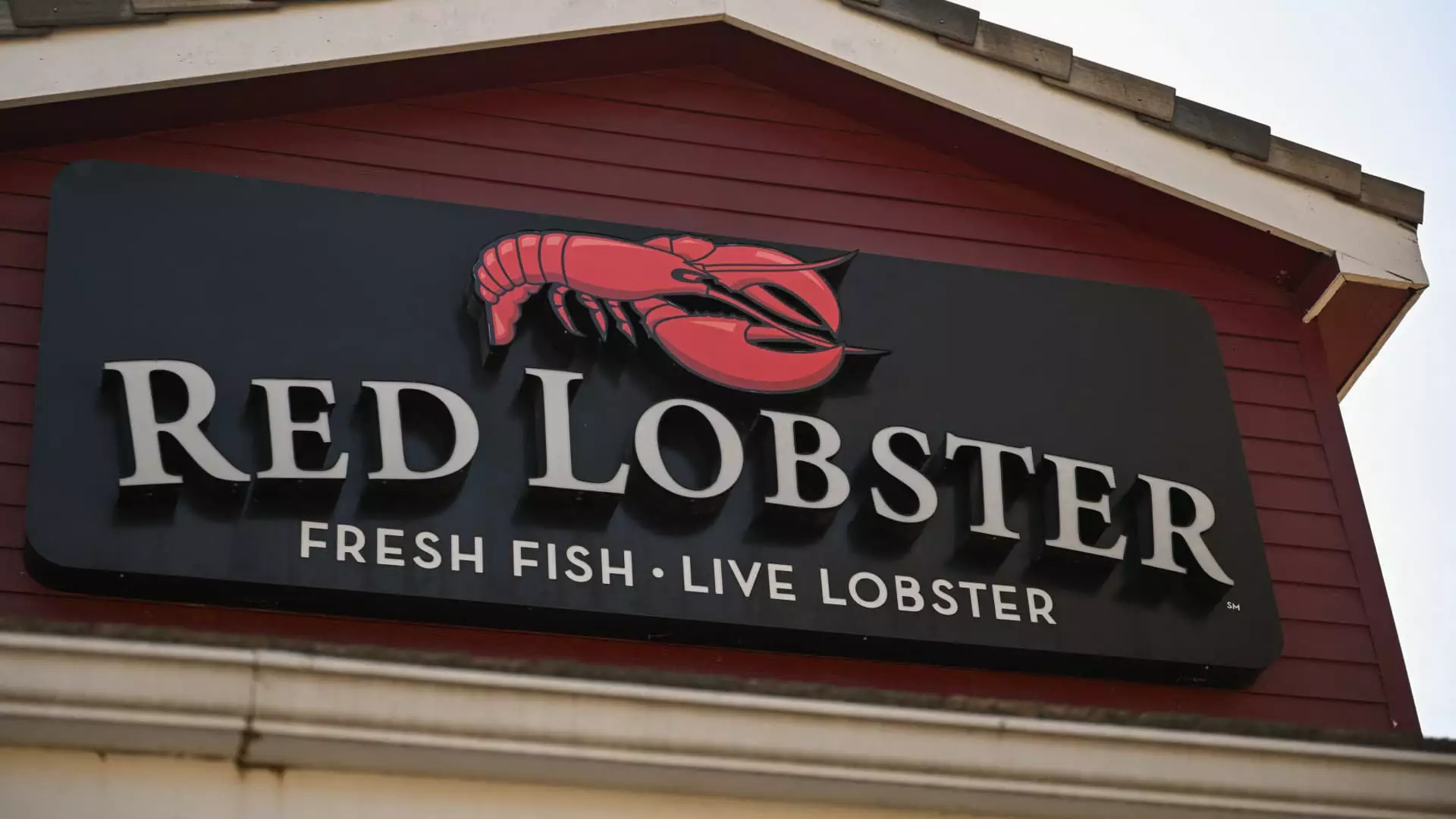The year 2024 has witnessed a notable uptick in restaurant bankruptcy filings, underscoring a broader trend of increasing corporate bankruptcies spanning multiple sectors. Notably, a minimum of 10 restaurant chains, excluding multi-unit franchisees, have initiated bankruptcy proceedings. Among these, the month of August alone saw three Chapter 11 filings from prominent eateries, indicating the severity of the crisis. A confluence of factors such as dwindling consumer spending, escalating labor costs, and the fading governmental assistance post the Covid-19 era have precipitated this surge in bankruptcies. Moreover, the looming threat of several other restaurant chains resorting to bankruptcy before the year’s end accentuates the gravity of the situation.
Causes Behind the Restaurant Bankruptcies
The fundamental factors contributing to the perilous financial state of the restaurant chains are multifaceted. BurgerFi, the parent company of Anthony’s Coal Fired Pizza & Wings, reflected significant doubts concerning its operational viability in a mid-August regulatory filing. Similar sentiments resonated across the industry, exemplified by Mod Pizza teetering on the brink of bankruptcy before being salvaged through a last-minute sale. Notably, escalating interest rates have cast a shadow over businesses, accounting for a 49% surge in Chapter 11 filings this year as of August 20th, based on insights from BankruptcyWatch.
Mediterranean fast-casual chain Roti plunged into Chapter 11 bankruptcy protection on August 23rd, seeking buyers or investors to avert closures amid financial distress. Another casualty, Buca di Beppo, succumbed to bankruptcy on August 5th, citing financial turbulence stemming from rising costs and labor challenges. Meanwhile, tavern chain World of Beer met a similar fate on August 2nd, attributing its downfall to soaring interest rates, inflation, and sluggish post-pandemic dining trends.
Despite the prevailing turbulence, some restaurant chains have displayed remarkable resilience in navigating the stormy waters of bankruptcy. Rubio’s Restaurants, renowned for its fish tacos, orchestrated a strategic sale to TREW Capital, its lender, following a tumultuous journey that culminated in a Chapter 11 filing. The Cleveland-based chain, specializing in grilled cheese sandwiches and craft beer, resorted to bankruptcy to stave off closure amid mounting financial woes. The parent company of Kuma’s Corner, a midwestern burger chain, also sought bankruptcy protection in June, echoing the pervasive economic uncertainties pervading the industry.
The rampant restaurant bankruptcies of 2024 epitomize the fragility of the economic landscape, exacerbated by a cocktail of exogenous shocks ranging from escalating costs to shifting consumer behaviors. As the industry grapples with the repercussions of the pandemic and evolving market dynamics, strategic restructuring and prudent financial management emerge as imperative ingredients for survival. Collaborative efforts between stakeholders, innovative business models, and agile adaptation to changing market conditions must underpin the recovery trajectory of the beleaguered restaurant sector. The enduring tale of resilience amidst turmoil serves as a testament to the indomitable spirit of human ingenuity in steering through adversity.
The surge in restaurant bankruptcies mirrors a broader narrative of economic uncertainty, underscoring the imperative of proactive measures to fortify the financial resilience of businesses in an era marked by volatility. The unprecedented challenges beckon a paradigm shift in operational strategies, financial management, and industry collaboration to weather the storm and emerge stronger from the crucible of adversity.

